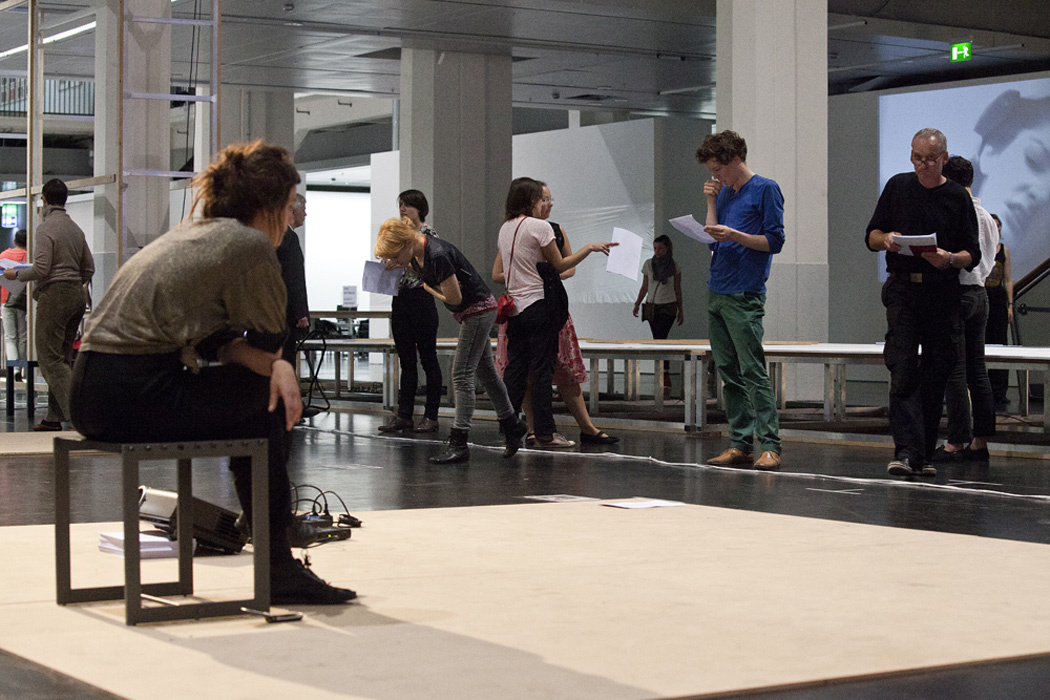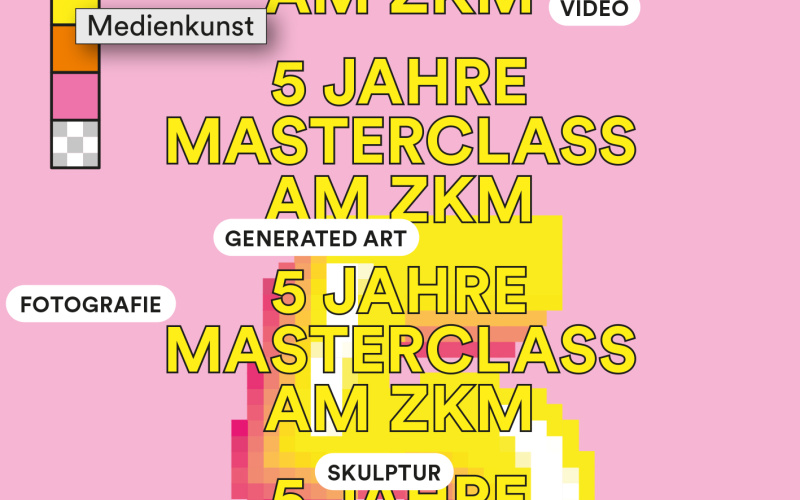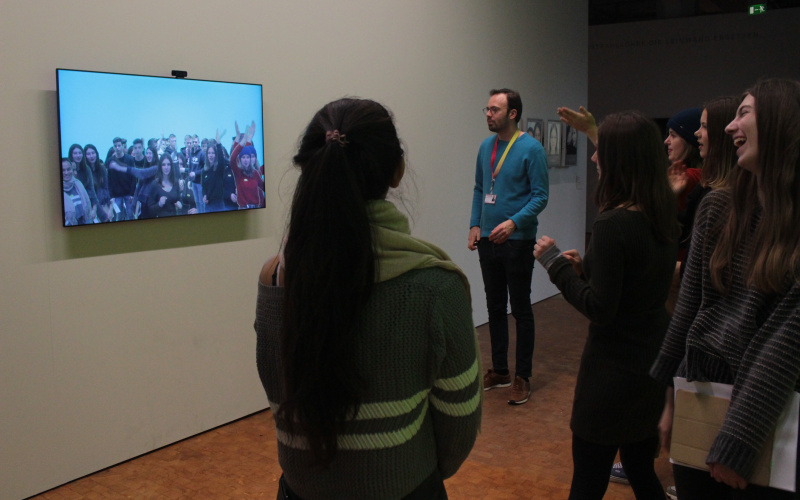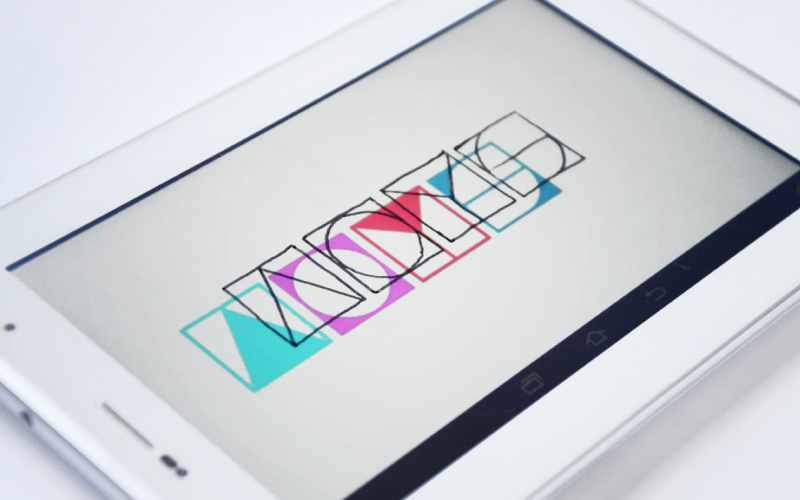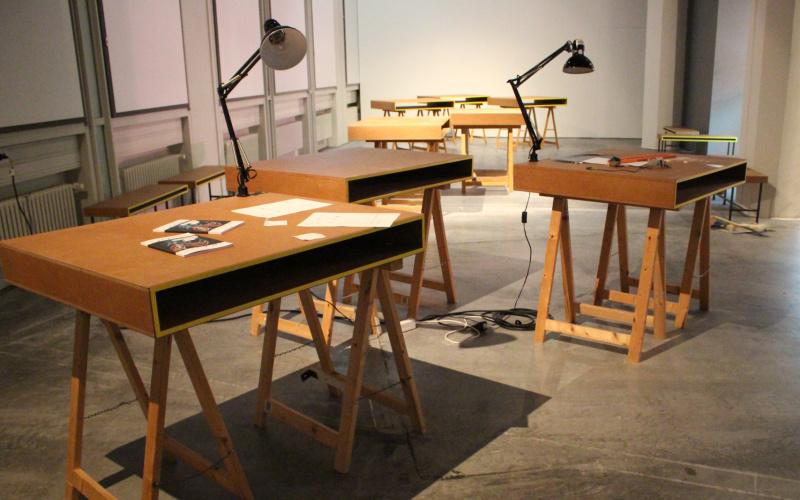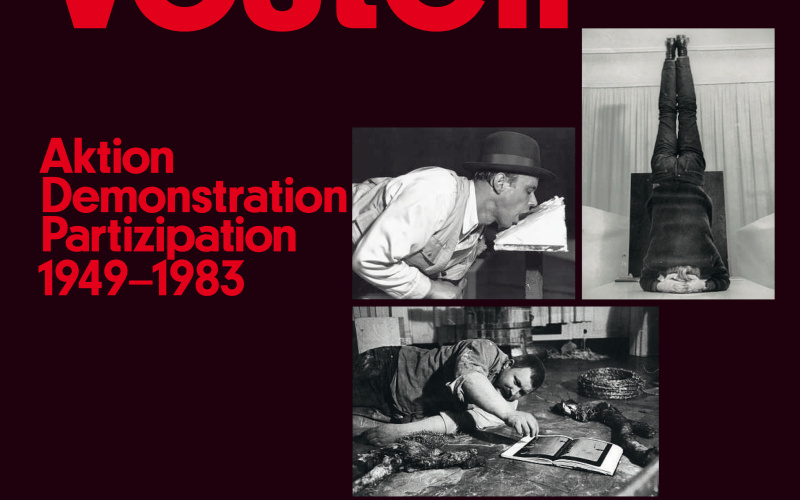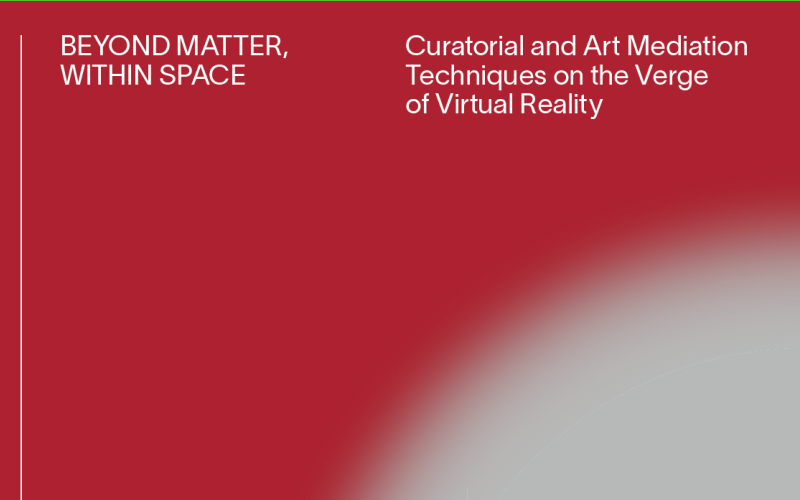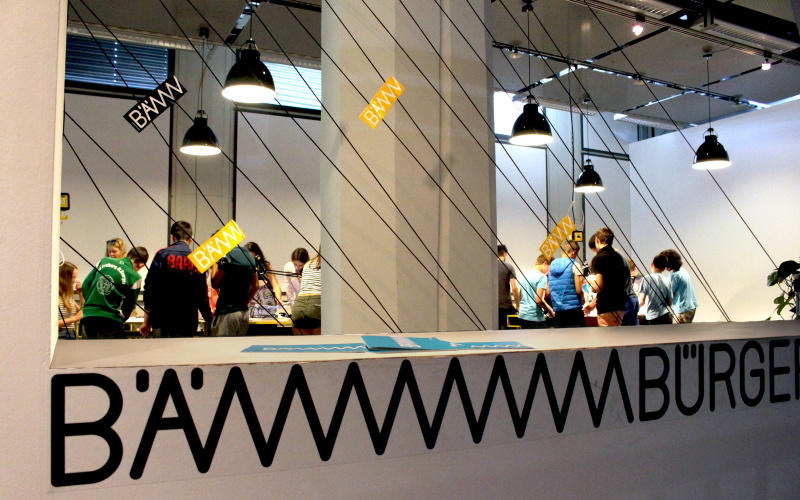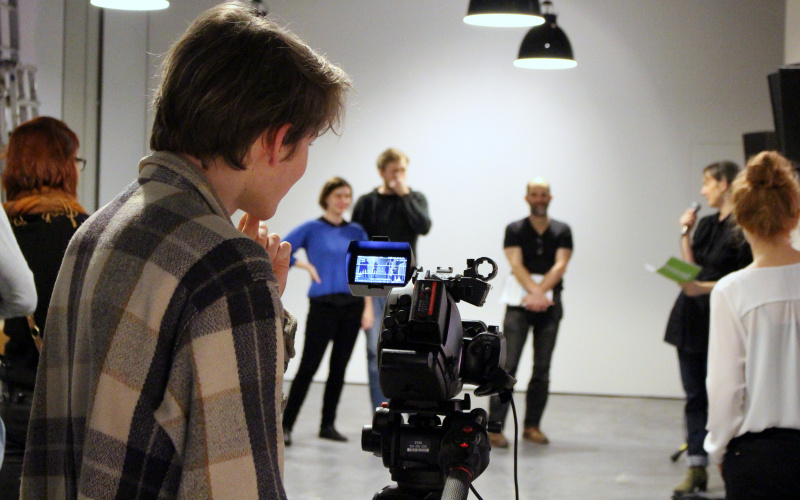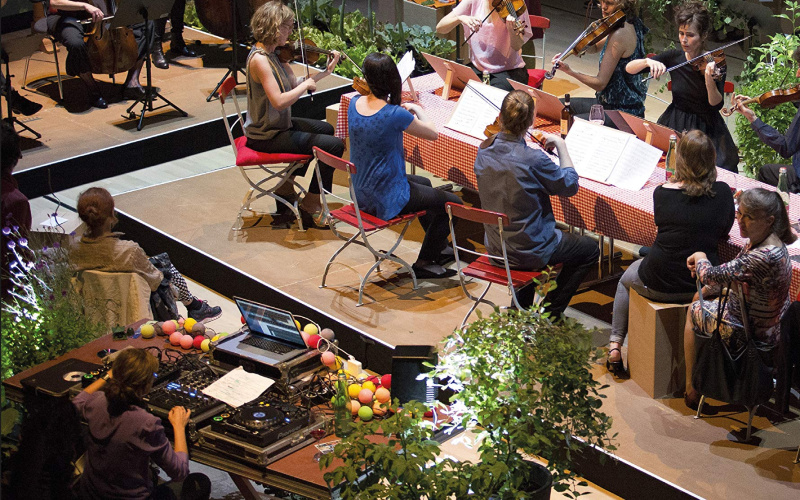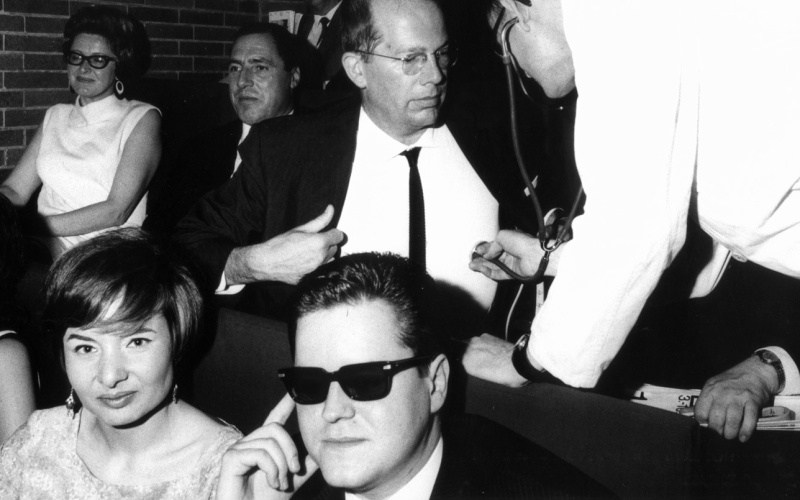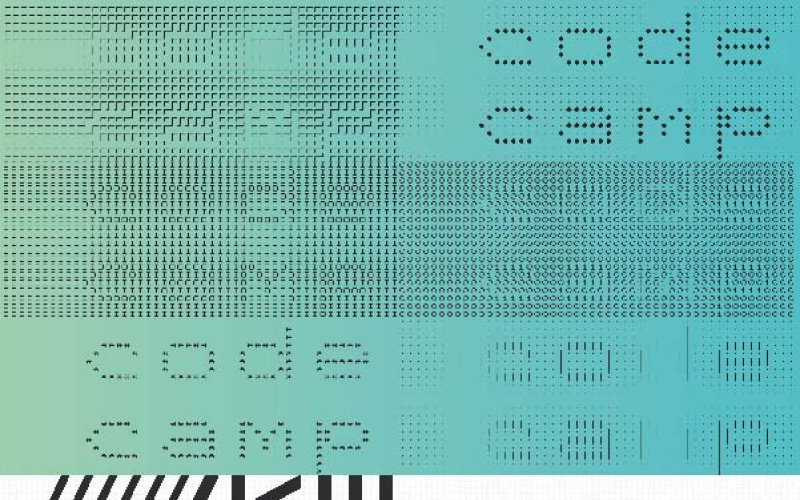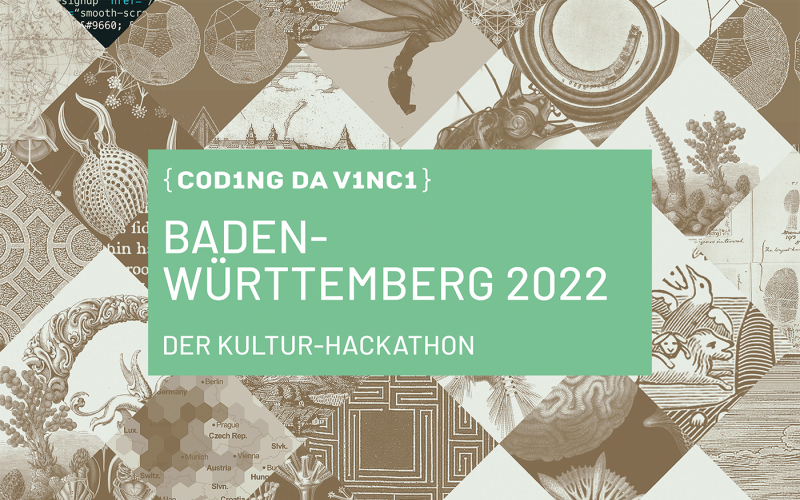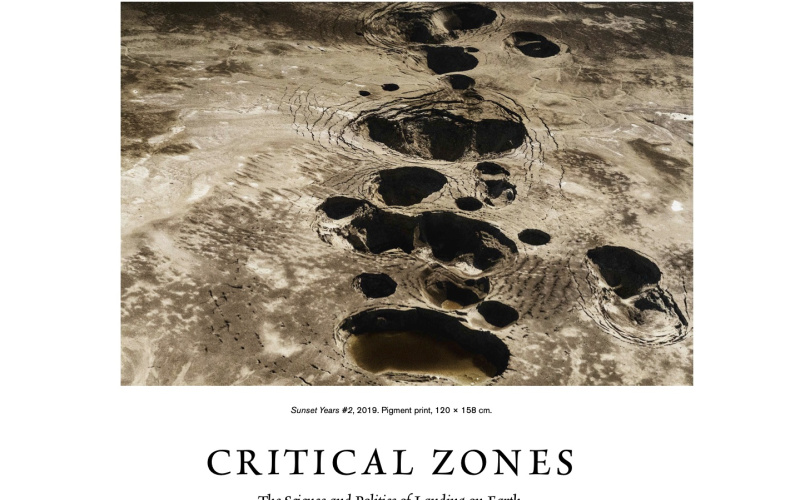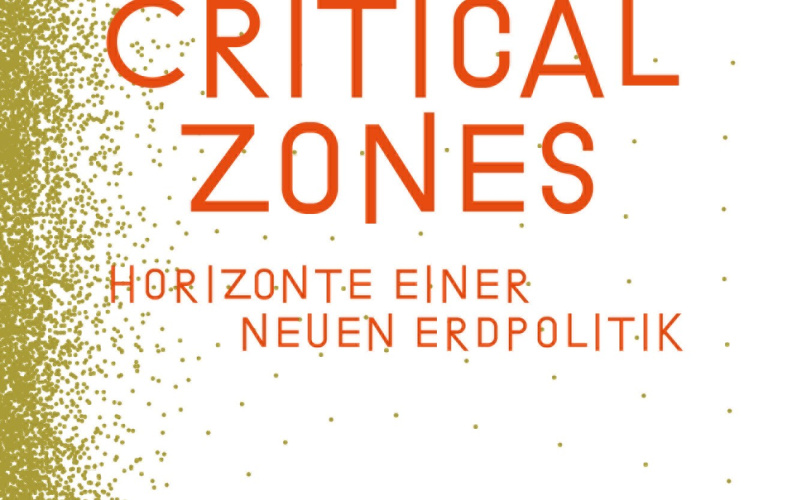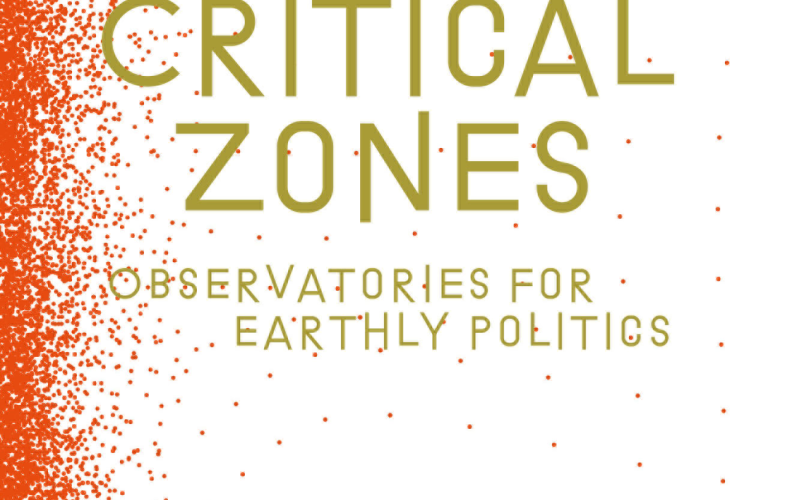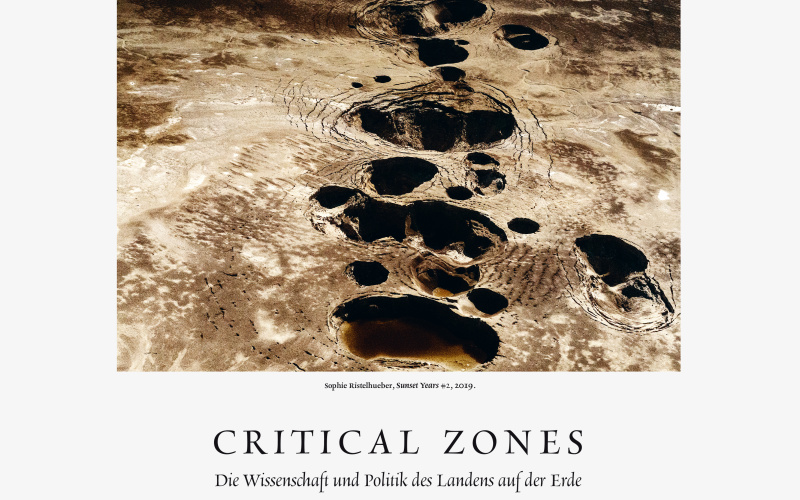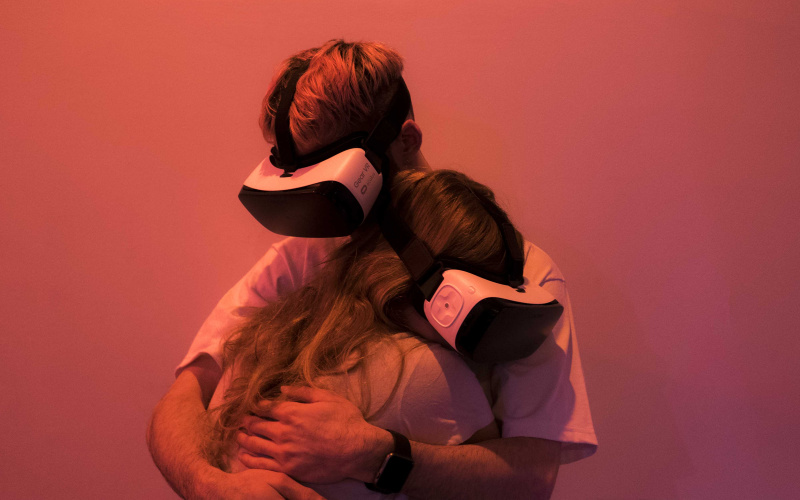Participation
Representation and reality, art and life, have been continuing to approximate one another ever since the beginning of the twentieth century: materials are no longer simply painted in as illusionist, but are actually integrated into artworks.
Cubists mounted real paper, and Dadaists real pieces of wood into paintings. In concrete painting, color, the time-honored medium of representation, became actual chromatic material. And finally, with kinetic art, real movements found their way into fine art. From the 1950s and 1960s on, processes of art production became constitutive elements of artworks.
Through the connection of performing arts and fine arts in performances, actions, and happenings, viewers were explicitly included in the process of art's production. After artist had already introduced their own bodies or the bodies of their models as a medium in art, the viewer’s body ultimately became part of the artwork. Alread in 1957, Duchamp recognized the contribution of the viewer as a creative act: »All in all, the creative act is not performed by the artist alone. The spectator brings the work in contact with the external world by deciphering and interpreting its inner qualifications and thus adds his contribution to the creative act«[1]. Whereas viewers were formerly restricted to the almost exclusively contemplative and cognitive reception of works of art, they were now given the opportunity to become part of the production process and co-design the works of art according to their own ideas within a more or less fixed framework. Required of artists is that they limit themselves to merely initiating the process, allowing participants to alter the final appearance of the material or ephemeral artwork. Following Umberto Eco’s notion, the fundamental condition of an »open work« of art is that it allows recipients to partake in the process of constituting its meaning. Through the expansion of the concept of the author, which we observe in this context, discernible is a shifting of the production process away from the artist towards the participating beholder. Participation is thus communication and interaction. The expansion of the arts has led to inclusion of the beholder in various forms of action of public participation. To the extent that we observe a participatory approach in many present-day protest movements, it can be said that civic activism reflects the idea of artistic participation back into the political sphere.
In the twentieth century, the avant-garde considered real actions as well as real objects to be worthy of art. After 1945, Body Art, Fluxus, and Happening made performative arts, which were practiced in front of and with the public, part of fine art. In theater, too, participatory tendencies led to »interactive theater« (Claus Brehmer, 1963). In the socio-politically volatile atmosphere of the 1960s, which was also a particularly innovative period for the arts, developing along with participation was a process of democratization, also in art, that is, a model for a »participatory society.«
The connection of art and life, as called for by the historical avant-garde in the twentieth century, became a significant part of the participative art movements, and was further endorsed by Wolf Vostell, in 1961: »Art is life – life is art.« This slogan, also understood as an exhortation, was likewise adopted through participative strategies in Joseph Beuys’s »social sculptures« conceived in 1967, which depict art as, no least, a socially transforming, formative, and educational means. Participation was therefore also to be defined as cultural partaking, which dissolves the boundaries between art and life.
Media arts, in particular, from video through to computer installations, require beholder interaction and participation. Already with Op-Art, the beholders’ movements in front of the picture were necessary for generating visual effects. In media art, movement detectors and cameras use images of beholders to activate the artwork. The artwork is first generated through the beholders’ use of it. Therefore, one speaks, first of all, of beholder as user; second, of the media as performative arts. Beholder or user action is the raison d’être of the work of media art.
Cultural institutions, such as the ZKM, have the task of meeting the demands of the positive, democratic-cultural approach of participation and defending its social significance in the context of artistic participation. The comprehensive spectrum of interactive media art offers a broad spectrum of possibilities to this end. As a worldwide leading museum of interactive art, the ZKM has a special involvement in the development of participative art. Since its founding in 1989, numerous works have been produced based on a participative approach, which now call for formerly passive beholders to become active and creative users. The ZKM museums have organized and held a great number of thematically related exhibitions over the past several years within the program line of performativity and participation.
Literature
- Marcel Duchamp, »The Creative Act«, in: Session on the Creative Act, Convention of the American Federation of Arts, Houston, Texas, April 1957
Authors: Andreas Beitin, Peter Weibel
